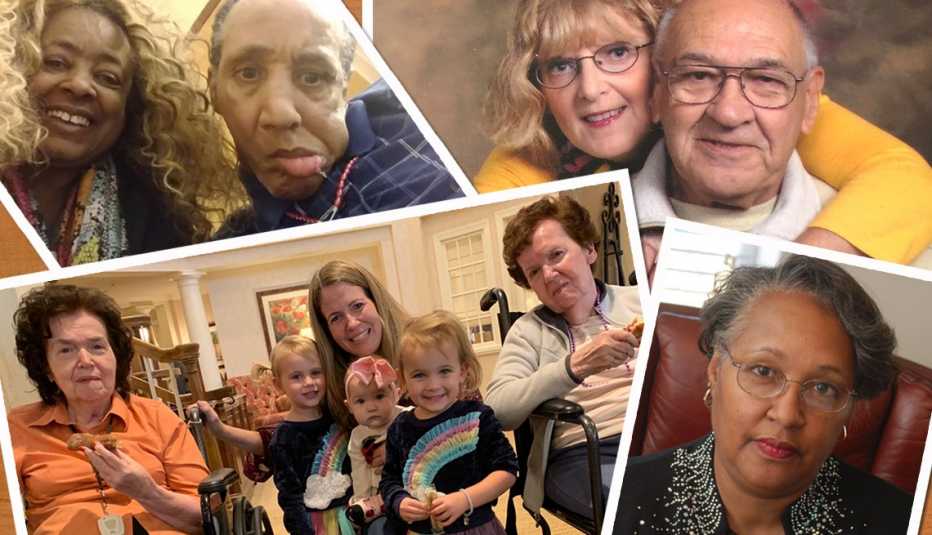AARP Hearing Center
America's first COVID-19 outbreak came in a nursing home. On Feb. 29, 2020, a resident of Life Care Center of Kirkland in Washington state was declared the first in the nation's long-term care system to die of COVID. In the weeks that followed, 100 Kirkland residents — almost the facility's entire population — tested positive for the virus. Thirty-seven died.
One year later, the virus has devastated residents, staff and families of America's nursing homes, skilled nursing facilities and assisted living. Here are some of the most shocking — and telling — statistics from the tragedy:
• More than 170,000 residents and staff of long-term care facilities have died from COVID-19, according to the COVID Tracking Project. More than 1.3 million COVID-19 infections among residents and staff have been reported.
• Deaths tied to long-term care facilities account for 35 percent of America's COVID-19 fatalities, even though less than 1 percent of America's population lives in such facilities, according to the COVID Tracking Project. “America has failed our long-term care residents and staff,” says AARP's Elaine Ryan, vice president of state advocacy and strategy integration. COVID in long-term care was “clearly a national crisis that needed a national intervention,” she says, “but our government failed to do that and a disproportionate amount of lives have been lost as a consequence.”
• Residents and staff of long-term care facilities were seven times as likely to die of COVID-19, compared to Americans who didn't live in these facilities. Around 1 in 5 nursing home residents who tested positive for COVID-19 died from it, according to data reported to the Centers for Medicare & Medicaid Services (CMS). Nursing home residents, who are typically older adults with high levels of chronic illness and impairment, making them more susceptible to mortality from the virus, account for the largest proportion of COVID-19 fatalities within long-term care.





































































